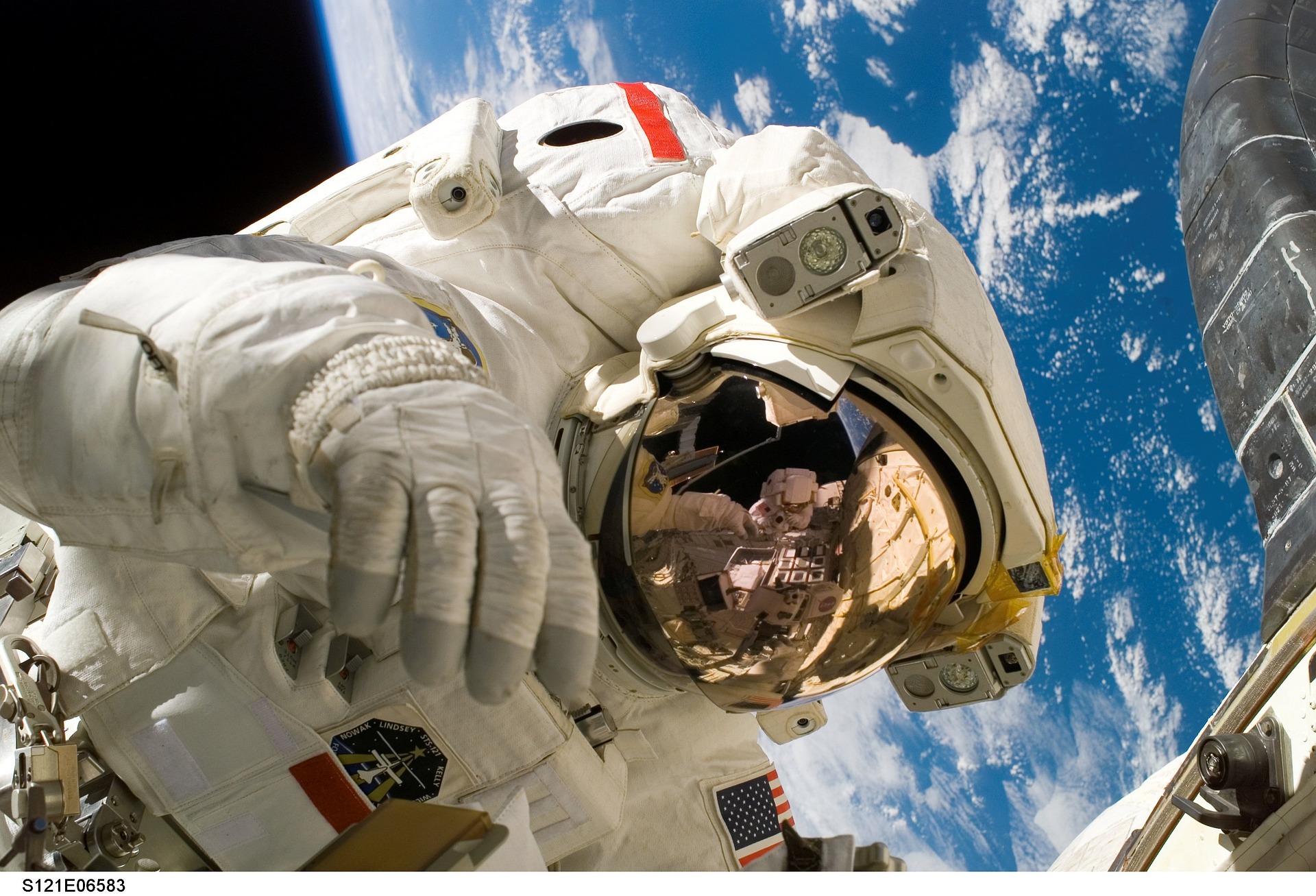Pioneering the Future of Space Tourism: A Grand Leap From Dream to Reality
Extracting from the annals of human fascination for the vast cosmic sea of stars, the burgeoning field of space tourism signals a new era for travel and exploration. Through pioneering efforts and technological advancements, the seemingly impossible pipe dream of ordinary citizens embarking on space travel is fast metamorphosing into a palpable reality. This article delves into the rich history, current landscape, and future projections of space tourism, offering practical insights to satiate the curiosity of futuristic globetrotters.

The Cosmic Odyssey: Tracing the Path of Space Tourism
The conception of space tourism dates back to the Space Age, initiating in 1957 with the Soviet Union’s launch of the first artificial satellite, Sputnik. Since then, numerous key events have marked the journey of space tourism, including the first commercial astronaut training program in 1990 and the first space tourist, Dennis Tito, taking a splash into space for a thrilling 7-day expedition in the International Space Station (ISS) in 2001.
Today’s Galactic Trips: The Current State of Space Tourism
The dream of tapping into the final frontier as a non-astronaut or scientist is currently inching closer to actualization. Several space companies, including SpaceX, Blue Origin, and Virgin Galactic, are vying to dominate the nascent industry, offering a variety of space adventures.
Arguably, SpaceX’s most ambitious endeavor is the first lunar tourism mission, planned for 2023, whisking away a handful of civilians in a week-long expedition around the moon. Moreover, Virgin Galactic offers a suborbital jaunt, providing tourists with a few minutes of sublime weightlessness and an unobstructed view of Earth’s curve.
Simultaneously, Blue Origin intends to submerge non-astronauts into a brief space escapade, piloting its reusable New Shepard rocket designed for six passengers.
Quantum Leaps and Black Holes: Advantages, Challenges, and Impact on Travelers
Space tourism boasts the promise of a once-in-a-lifetime experience— a chance to savor the awe-inspiring spectacle of our planet from outer space, float in zero gravity, and witness firsthand the unalloyed beauty of the cosmos. Such unparalleled experiences may generate a surge of interest in science, innovation, and planetary conservation among tourists and observers alike.
However, concerns like affordability, safety, and environmental consequences pose significant challenges. At current rates, the space odyssey remains a luxury exclusively for the wealthy. Further, despite rigorous testing, space travel encompasses inherent risks. Additionally, the environmental impact from rocket launch emissions needs careful consideration and mitigation strategies.
- Beyond the Atmosphere: Short “hop” flights offering views of the Earth’s curve is expected to become popular.
- Lunar Expeditions: Over-night stays in space hotels and full lunar expeditions are predicted as a future trend.
- Space Stations: Future travelers may vacation in low Earth orbit hotels or commercial space stations.
- Astronaut Experiences: Training sessions and “pretend-to-be-an-astronaut” packages could trend.
The Cosmos Calls: Embracing the Future of Space Tourism
Despite imminent challenges, the space tourism industry is rippling with potential and promise, thanks to continuous technological advancements and bold entrepreneurs. As space travel edges out of the realms of science-fiction into the extraordinary reality of tourism, it’s poised to redefine human connection with the universe and the concept of travel itself.
This pioneering phase marks only the beginning of an impactful journey. While logistics and ethics are still under careful examination, space tourism stands as a testimony to human ingenuity and thirst for exploration, catapulting the travel world into a new, exciting paradigm.




